Many outdoor enthusiasts enjoy hiking as a way to experience nature and get some exercise. But is it legal to hike with a firearm? Hiking or backpacking in a dangerous trails is very necessary to carry a firearm.
Contents
It’s important for hikers to understand the laws and regulations surrounding firearms to ensure they are not breaking any rules or putting themselves or others in danger.
In this article, we will explore the legality of hiking with firearms. We will discuss the various laws that hikers need to be aware of when carrying firearms on trails.
We will also provide an overview of the different gun laws that apply to hikers, including state and national laws.
Additionally, we will discuss the specific regulations for carrying firearms on hiking trails and within national parks.
Finally, we will provide safety considerations and alternative options for hiker protection.
Is It Legal to Hike with A Firearm?
The legality of hiking with a firearm varies by jurisdiction.
In the United States, for example, federal law generally allows carrying firearms on public lands, but state and local regulations differ.
Some states require permits, while others prohibit firearms in certain areas. It’s crucial to research and adhere to the specific laws of the location you plan to hike.
International laws also vary, and some countries strictly prohibit firearms in outdoor settings.
Always prioritize safety, follow local regulations, and obtain any necessary permits to ensure a lawful and secure hiking experience with a firearm.
Key Takeaways:
- It is important for hikers to understand the laws and regulations surrounding firearms while on trails.
- Understanding state and national gun laws that apply to hikers is crucial.
- Specific regulations for carrying firearms on hiking trails and within national parks should be known and followed.
- Safety should be a top priority when hiking with firearms, including proper storage, handling, and training.
- Alternative options for hiker protection, such as bear spray, may be preferable to carrying firearms.
Understanding Gun Laws for Hikers
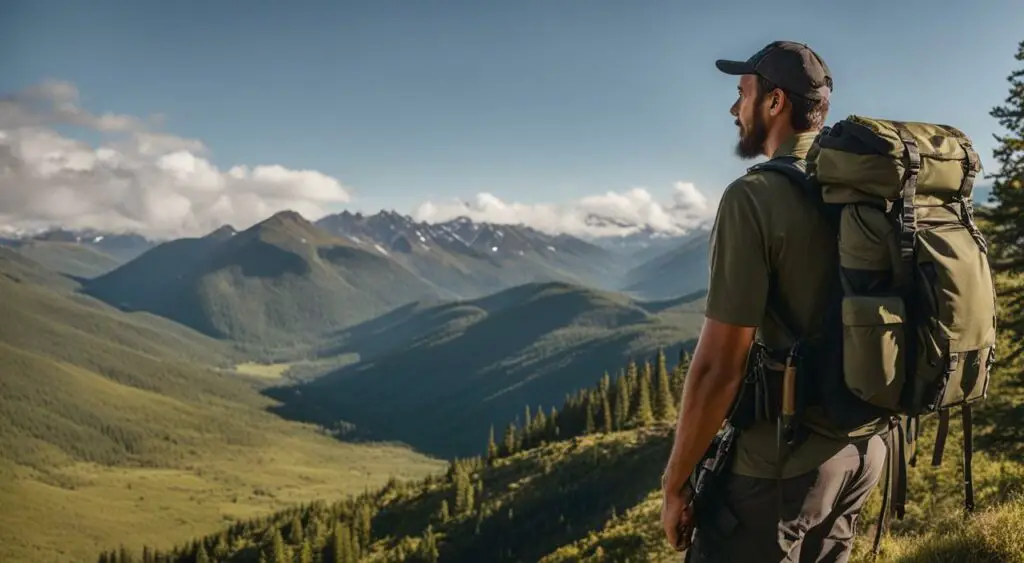
When it comes to hiking with firearms, it is essential to understand the laws surrounding gun ownership and carrying.
These laws can vary depending on the state and location, so hikers must do their due diligence to ensure they are complying with all regulations.
First and foremost, it is crucial to note that federal law prohibits certain individuals from owning or possessing firearms.
This includes convicted felons, individuals with domestic violence convictions, and those who have been involuntarily committed to a mental institution.
It is essential to understand these regulations before embarking on a hiking trip with a firearm.
In addition to federal law, each state has its gun laws that hikers must comply with.
Some states have specific regulations regarding carrying firearms on hiking trails, while others may allow it with certain permits or licenses.
It is crucial to research the specific laws in the state where the hike will take place to ensure compliance.
When carrying firearms on hiking trails, hikers should be aware of any restrictions that apply to their specific situation.
For example, some hiking trails may prohibit the carrying of firearms, while others may have specific guidelines for storage or handling of weapons.
It is essential to understand these regulations fully to ensure safe and legal hiking with firearms.
Overall, understanding the legal complexities of carrying firearms while hiking is critical for any hiker who chooses to do so.
By researching state and federal laws, understanding any restrictions specific to hiking trails, and following proper storage and handling guidelines, hikers can remain compliant and safe while enjoying the great outdoors.
Carrying Firearms on Hiking Trails
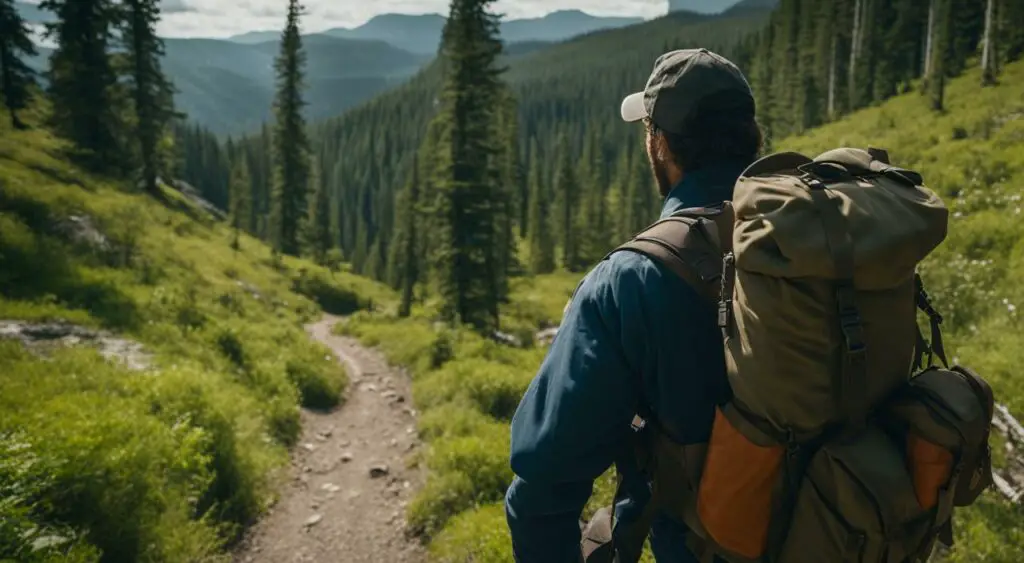
When it comes to carrying firearms on hiking trails, there are several regulations and laws that hikers must follow to ensure their safety and the safety of those around them.
Depending on the location and jurisdiction, hikers may need to obtain a permit or license to carry a firearm.
In most cases, hikers are allowed to carry firearms on hiking trails as long as they have the proper permits and follow all state and local laws.
However, it’s essential to be aware of any restrictions that may be in place in certain areas, such as national parks or wildlife reserves.
| Location | Carrying Laws |
|---|---|
| State Parks | Allowed with proper permits and follow all state laws on carrying firearms |
| National Parks | Allowed with specific permits and follow National Park Service regulations regarding firearms |
| Wildlife Reserves | Allowed with permits and follow local, state, and federal laws regarding firearms |
It’s important to note that firearms must always be carried safely and responsibly.
Hikers should avoid carrying firearms when under the influence of drugs or alcohol, and firearms should always be stored securely and unloaded when not in use.
Furthermore, hikers should always be aware of their surroundings and any other individuals on the trail.
It’s crucial to ensure that firearms are not pointed at anyone and are only used in self-defense situations if necessary.
In conclusion, carrying firearms on hiking trails is legal in most cases, but hikers must follow all applicable laws and regulations.
As with any activity that involves firearms, safety must always be the top priority.
Hiking with Firearms in National Parks
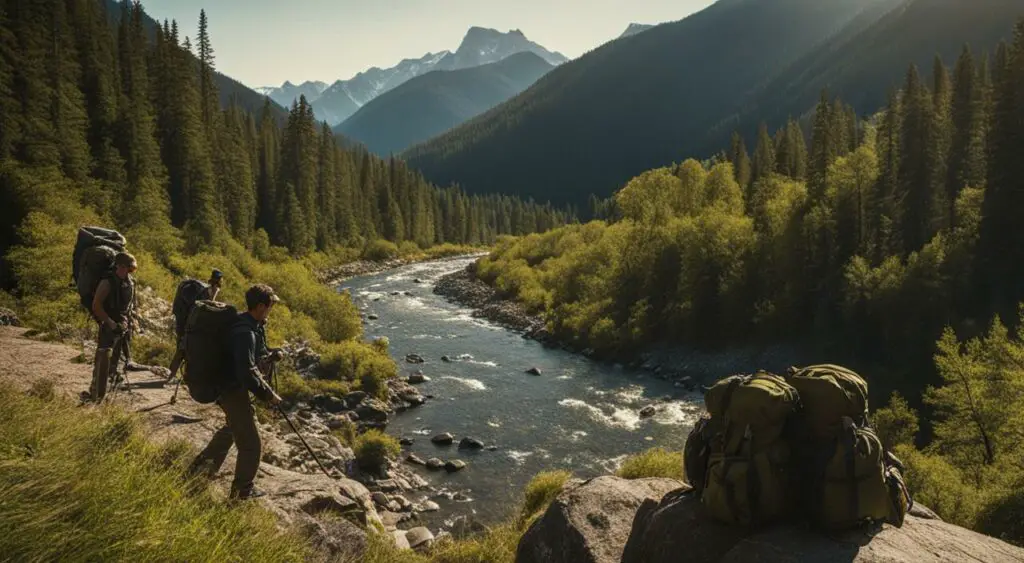
When it comes to hiking with firearms in national parks, it is important to understand that federal law allows firearms in these areas, but there are still regulations in place.
These regulations are put in place to ensure the safety of visitors, wildlife, and park resources.
According to the National Park Service, firearms are allowed in national parks, but they must be transported unloaded and in a locked container.
It is also important to note that each park may have its regulations, so hikers should check with the park before bringing firearms on a hike.
Additionally, it is illegal to discharge firearms in national parks, except in very specific situations, such as when hunting in authorized areas.
Violating this regulation could result in a fine or even imprisonment.
It is also important to understand that some national parks may have specific policies or restrictions regarding firearms.
For example, some parks may only allow firearms for certain activities, such as hunting or backcountry camping.
Others may require special permits or licenses for firearms in certain areas.
Overall, if planning on hiking with firearms in national parks, hikers should do their research ahead of time to ensure they understand the regulations in place.
They should also always transport their firearms unloaded and in a locked container, following all safety guidelines to ensure a safe and responsible hiking experience.
Open Carry vs. Concealed Carry
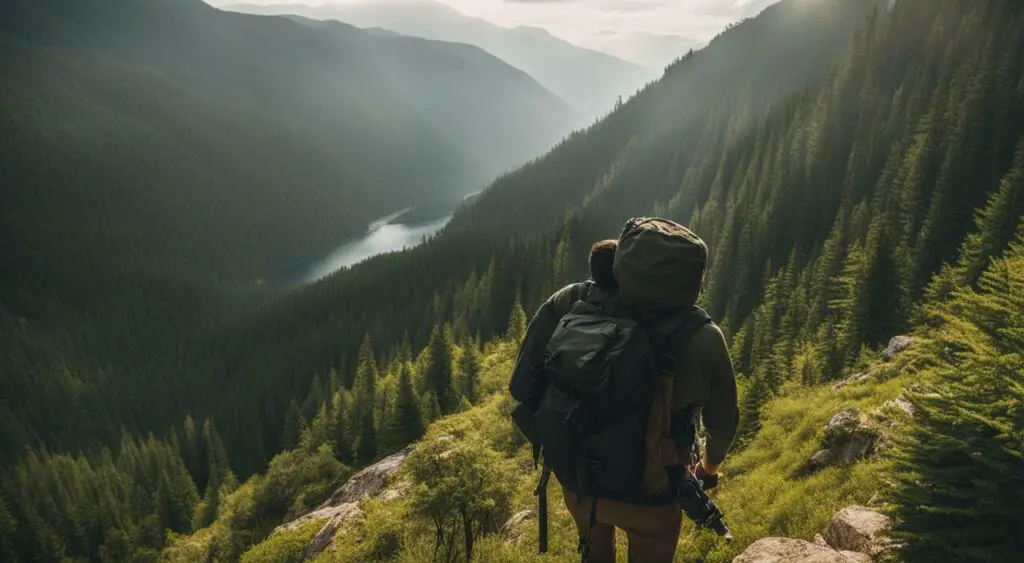
When hiking with firearms, it’s essential to understand the differences between open carry and concealed carry.
Open carry refers to carrying firearms openly and visibly, while concealed carry means carrying firearms in a concealed manner, such as in a backpack or under clothing.
The laws surrounding open carry and concealed carry can vary widely depending on the state or jurisdiction.
Some states allow both types of carrying, while others only permit one or the other. Open carry can be a way to deter potential threats, as it is a visible warning to others that the hiker is armed.
However, it can also attract unwanted attention and may cause others to feel uneasy or intimidated.
Concealed carry can be a way to keep firearms hidden from view, potentially avoiding any negative reactions from others.
However, it requires a higher level of responsibility and training to ensure safe handling and proper storage.
It’s important to note that some states may require permits or licenses for both open and concealed carry.
Hikers should research the specific laws in their state or the state they plan to hike in to avoid any legal issues.
Open Carry Laws
| State | Open Carry Laws |
|---|---|
| Texas | Allows for open carry of handguns with a permit. |
| California | Prohibits open carry of handguns, but allows for open carry of long guns. |
| Florida | Allows for open carry of firearms while hunting, fishing, camping, or going to/from these activities. |
Concealed Carry Laws
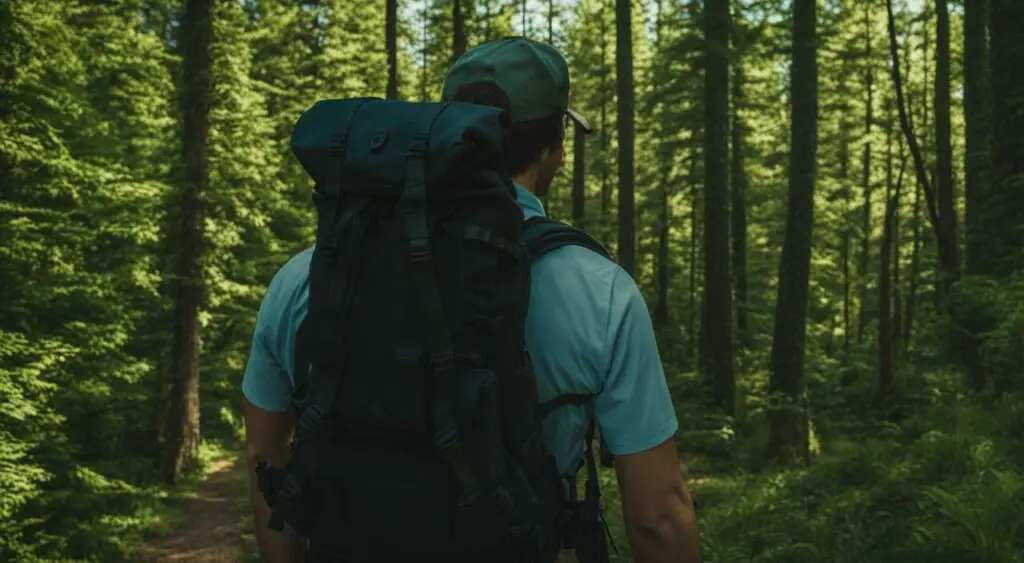
| State | Concealed Carry Laws |
|---|---|
| Tennessee | Requires a valid handgun carry permit to carry a concealed firearm. |
| Illinois | Requires a Firearm Owner’s Identification (FOID) card to carry a concealed firearm. |
| Ohio | Requires a concealed handgun license to carry a concealed firearm. |
Ultimately, whether a hiker chooses open carry or concealed carry is a personal decision that should be made with careful consideration of the specific laws and regulations in their area.
It’s important to prioritize safety and responsibility when carrying firearms on hiking trails.
State-Specific Gun Laws for Hiking

Hikers need to understand that gun laws can vary significantly from one state to another, so it’s important to be aware of the specific regulations in the state you plan to hike in.
Here are a few examples of state-specific gun laws:
| State | Gun Laws for Hikers |
|---|---|
| California | In California, it is illegal to carry a loaded firearm in any public place, including parks and hiking trails. Hikers can carry unloaded firearms, but they must be transported in a locked container and stored in a separate location from any ammunition. |
| Colorado | Colorado allows individuals to carry concealed firearms on hiking trails with a valid concealed carry permit. Open carry is also legal in most areas of the state, including hiking trails. |
| Florida | Florida is known for having relatively permissive gun laws, which includes the right to open carry firearms while hiking. However, individuals must have a valid concealed carry permit to carry a concealed firearm. |
These examples demonstrate the wide range of gun laws in different states and highlight why it’s crucial to research and understand the laws in the state you plan to hike in.
It’s also important to note that some cities and counties may have their own additional gun laws, so it’s essential to review the laws of the area you plan to hike in thoroughly.
Overall, hikers need to be aware of the state-specific gun laws and comply with them to avoid penalties or legal issues.
Safety Considerations for Hiking with Firearms
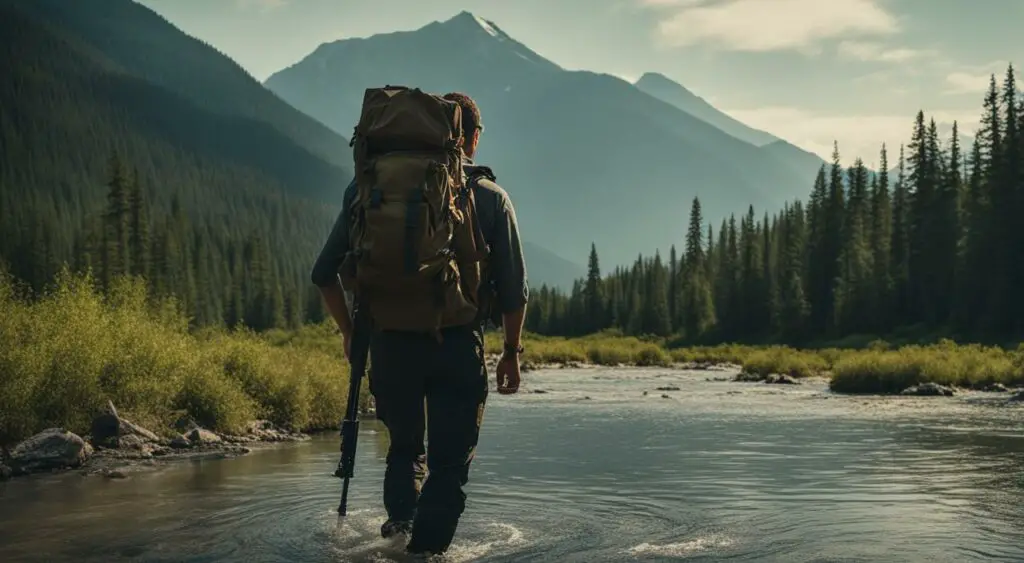
When hiking with firearms, hikers must prioritize safety above all else. Proper handling and storage of firearms can prevent accidents and ensure a safe and enjoyable hiking experience.
Here are some safety considerations to keep in mind:
- Know your firearm: Hikers should be familiar with their firearms and spend time practicing proper handling and use before hitting the trails.
- Secure your firearm: Firearms should be safely secured and stored when not in use. This can prevent unauthorized access and accidental discharge.
- Carry appropriate gear: Hikers should carry appropriate gear, such as a holster or other secure carrying case, to ensure their firearms are easily accessible when needed.
- Be aware of your surroundings: When hiking with firearms, hikers should be aware of their surroundings and any potential hazards. This includes other hikers, animals, and potential targets.
- Respect the trail: Hikers should respect the trail and any rules or regulations regarding firearms. This can prevent accidents and ensure a safe and enjoyable hiking experience for all.
By prioritizing safety and following these guidelines, hikers can enjoy the peace of mind that comes with carrying a firearm while also maintaining a safe and responsible hiking experience.
“Safety is paramount when hiking with firearms. Proper handling, storage, and respect for the trail and those around you can prevent accidents and ensure a safe and enjoyable experience.”
Alternatives to Firearms for Hiker Protection
While some hikers choose to carry firearms for protection while on trails, others may prefer alternative options. One such alternative is bear spray.
Bear spray is a type of pepper spray that is specifically designed to deter bears and other aggressive wildlife.
Bear spray can be just as effective as firearms in deterring dangerous animals, and it may even be preferred in some situations.
For example, firing a gun in the presence of a bear may actually provoke an attack rather than deter it.
On the other hand, bear spray provides a non-lethal option that can help to safely deter an aggressive animal without causing harm.
When choosing a bear spray, it is important to select a product that is specifically designed for use against bears and other wildlife.
Products designed for self-defense against humans may not be as effective against animals and could even be dangerous.
| Bear Spray vs. Firearms | Bear Spray | Firearms |
|---|---|---|
| Effectiveness | Bear spray can be just as effective as firearms in deterring dangerous animals. | Firearms are effective against animals, but may not always be the best option in every situation. |
| Safety | Bear spray provides a non-lethal option that can help to safely deter an aggressive animal without causing harm. | Firearms can be dangerous, and there is always a risk of accidental injury or death when using them. |
| Legal | In some cases, bear spray may be a preferred option due to local laws or personal beliefs about firearms. | Carrying firearms may be restricted or prohibited in certain areas, making them a less desirable option for some hikers. |
Other alternatives to firearms and bear spray include noise makers, such as air horns or whistles, which can help to alert wildlife to your presence and deter them from approaching.
It is also important to be aware of your surroundings and avoid hiking in areas with known wildlife activity, especially during times when animals are more likely to be active, such as dawn or dusk.
Ultimately, the decision to carry a firearm or use an alternative method for hiker protection is a personal one. Hikers should carefully consider their options and prioritize safety when making their choice.
Expert Advice: Hiking with Firearms

For those who choose to hike with firearms, expert advice can be invaluable in ensuring a safe and responsible experience.
Here are some tips and recommendations to consider:
- Know your gun laws: Familiarize yourself with federal, state, and local laws on carrying firearms while hiking. Research the specific regulations for the area you plan to hike in and ensure that you have all the necessary permits and licenses.
- Choose appropriate gear: Selecting the right gear is important when hiking with firearms. Invest in a high-quality holster or gun case that provides adequate protection and accessibility. Consider the weight and size of your firearm when choosing other hiking gear such as backpacks and clothing.
- Practice proper gun safety: Safety should always be the top priority when carrying firearms on hiking trails. Ensure that you are properly trained in gun handling and that you follow all recommended safety procedures. Keep the gun unloaded when not in use and store it securely to prevent accidental discharge.
- Be mindful of other hikers: Not all hikers will feel comfortable around firearms, so it’s important to be respectful and considerate of others on the trail. Keep your firearm concealed unless it is necessary to use it for self-defense.
- Consider non-lethal alternatives: While firearms can be an effective means of protection while hiking, they are not always necessary or appropriate. Bear spray or other non-lethal deterrents can be effective in deterring wildlife and ensuring your safety without the potential risk of injury or fatality.
- Stay up-to-date on news and regulations: Gun laws and regulations are subject to change, so it’s important to stay informed of updates and changes. Follow reputable news sources and stay in touch with local authorities to ensure that you are aware of any new regulations or restrictions on carrying firearms while hiking.
By following these tips and recommendations, hikers can ensure a safe and responsible experience when carrying firearms on trails.
Understanding the Legalities: Federal, State, and Local Laws

Hiking with firearms requires understanding a complex web of federal, state, and local laws.
While federal laws provide a baseline for gun ownership and carry, states and municipalities have the ability to create laws that are more restrictive.
The Second Amendment of the United States Constitution grants individuals the right to bear arms, but this right is not unlimited.
Federal laws such as the Gun Control Act of 1968 and the National Firearms Act of 1934 restrict certain types of firearms and accessories, as well as who can legally own, possess, and carry them.
Individual states also have the power to regulate firearms within their borders.
Some states have strict laws regarding the type of firearms that can be carried on hiking trails, while others are more permissive.
It is important for hikers to research and understand their state’s specific regulations, as well as any laws that apply in the jurisdictions they plan to visit.
| State | Open Carry Allowed? | Concealed Carry Allowed? |
|---|---|---|
| California | No | Yes, with a permit |
| Arizona | Yes | Yes, no permit required for adults |
| Texas | Yes | Yes, with a permit |
The table above provides a comparison of three states and their laws regarding open and concealed carry.
As shown, the laws can vary widely from state to state, making it crucial for hikers to research and understand the regulations that apply in their specific location.
Local laws can also impact the legality of hiking with firearms.
For example, some municipalities may ban firearms in specific areas or restrict the types of firearms that can be carried.
It is important for hikers to research and understand any local laws that may apply in their planned hiking destinations.
Overall, hikers who choose to carry firearms should be aware of the different federal, state, and local laws that may impact their ability to do so legally.
Failure to comply with these laws could result in serious legal consequences.
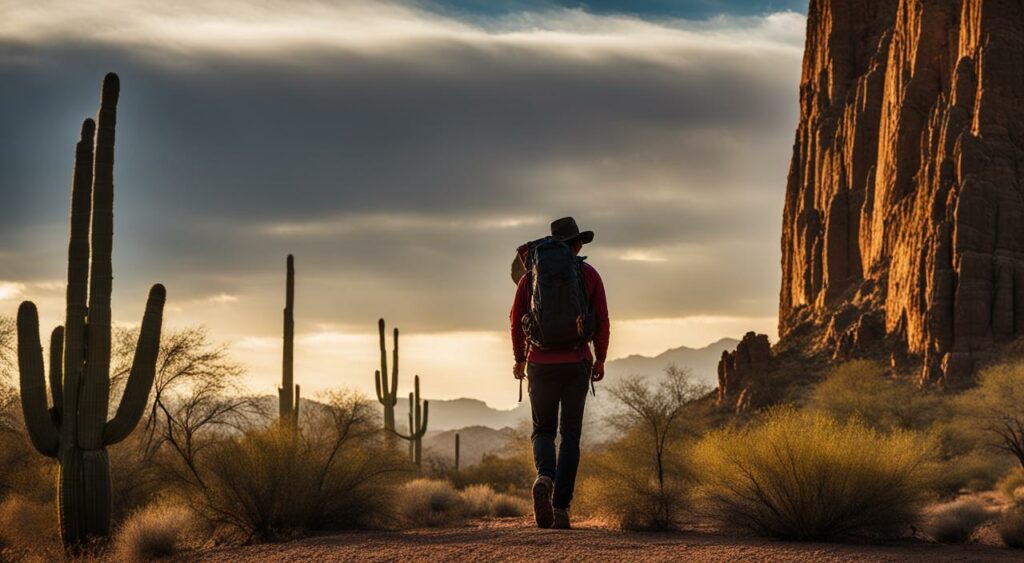
Conclusion
When it comes to hiking with firearms, it is essential to understand the various laws and regulations that may apply.
Hikers should be aware of both federal and state laws, as well as any local regulations that may be in place. Open carry and concealed carry also have their own sets of laws that hikers must consider.
While there are options for hiker protection beyond firearms, such as bear spray, it is important to note that firearms may still be necessary in certain situations.
Above all, safety should be the top concern for hikers who choose to carry firearms. Proper storage, handling, and training are crucial for a safe and responsible hiking experience.
Expert advice and tips can also provide invaluable guidance, particularly for those who are new to hiking with firearms.
By understanding the legalities of federal, state, and local laws, hikers can navigate the complexities of carrying firearms on trails with confidence.
In conclusion, hiking with firearms requires careful consideration of the laws and safety measures involved.
By being well-informed and prepared, hikers can make informed decisions about whether or not to carry firearms and do so responsibly.

FAQ
-
Is it legal to hike with a firearm?
The legality of hiking with a firearm varies depending on the location and specific laws in place. It is important to familiarize yourself with the gun laws of the state and any local regulations before carrying a firearm on hiking trails.
-
What gun laws apply to hikers?
Hikers need to be aware of both state and national gun laws. These laws dictate the requirements for carrying firearms, including permits or licenses needed, restrictions on where firearms can be carried, and other regulations that may apply.
-
What are the regulations for carrying firearms on hiking trails?
Regulations for carrying firearms on hiking trails may include specific permits or licenses required, restrictions on certain types of firearms, and guidelines for transporting firearms safely. It is important to understand and adhere to these regulations to ensure compliance.
-
Can I hike with a firearm in national parks?
Hiking with firearms in national parks is subject to specific rules and regulations enforced by the National Park Service. These regulations may vary depending on the park, but generally, firearms are allowed in national parks as long as they are in compliance with federal and state laws.
-
What is the difference between open carry and concealed carry?
Open carry refers to carrying a firearm openly visible, while concealed carry means carrying a firearm in a way that it is not visible to the public. The laws surrounding open and concealed carry vary from state to state, so it is important to understand the regulations in your specific jurisdiction.
-
Are there state-specific gun laws for hiking?
Yes, there are state-specific gun laws that hikers should be aware of. Each state may have its own regulations regarding the carrying of firearms in public areas, including hiking trails. It is advisable to research and understand the specific laws in the state where you plan to hike.
-
What safety considerations should I be aware of when hiking with firearms?
Safety is paramount when hiking with firearms. It is important to store firearms securely, handle them responsibly, and have proper training in firearms safety and usage. Follow all applicable firearms safety guidelines and always prioritize the safety of yourself and others.
-
Are there alternatives to firearms for hiker protection?
Yes, there are alternatives to firearms for hiker protection. Non-lethal deterrents such as bear spray can be effective in warding off potential threats. It is important to research and understand the appropriate alternatives for the specific wildlife and hiking conditions in your area.
-
What expert advice is available for hiking with firearms?
Expert advice for hiking with firearms may include recommendations for appropriate gear, training resources, and tips on responsible firearm usage. Consult with experts in the field, such as experienced hikers, firearms instructors, or outdoor safety professionals, for valuable insight and guidance.
-
How do federal, state, and local laws relate to hiking with firearms?
Federal, state, and local laws all have a role in determining the legality of hiking with firearms. It is important to understand the relationship and hierarchy of these laws to ensure compliance. Each jurisdiction may have its own regulations and requirements that hikers need to adhere to.

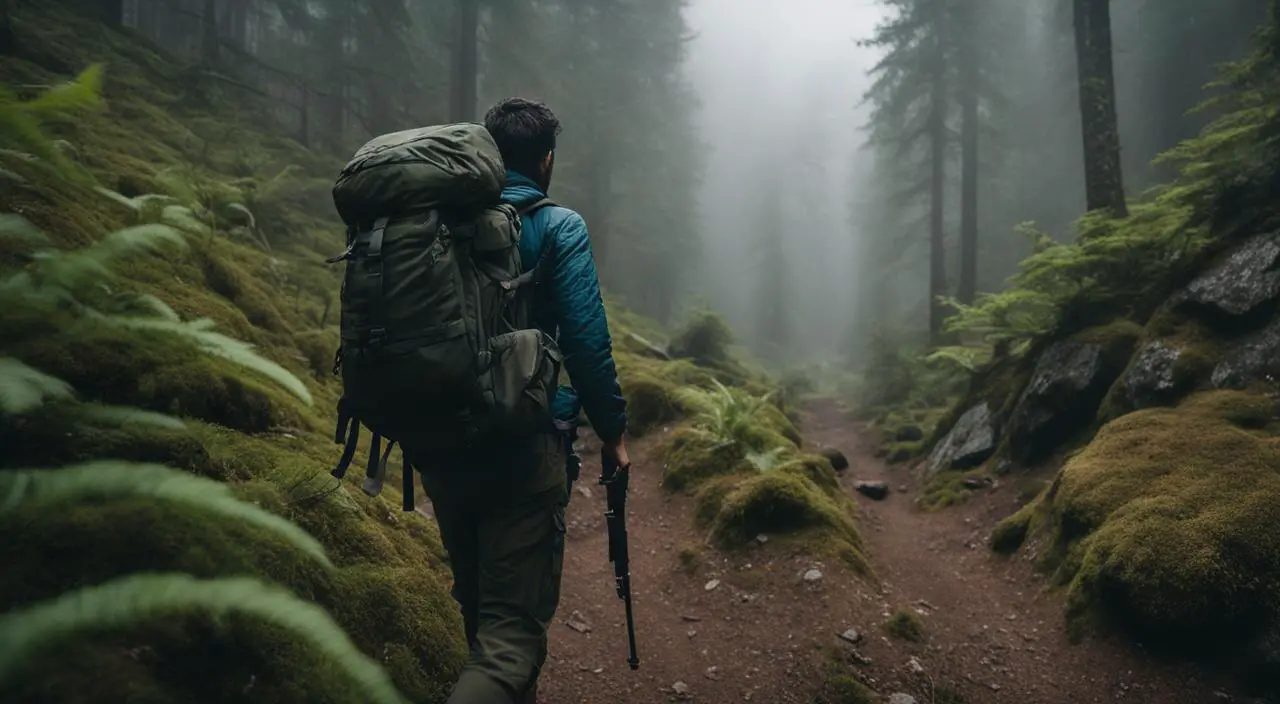




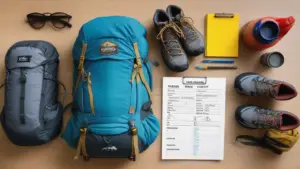


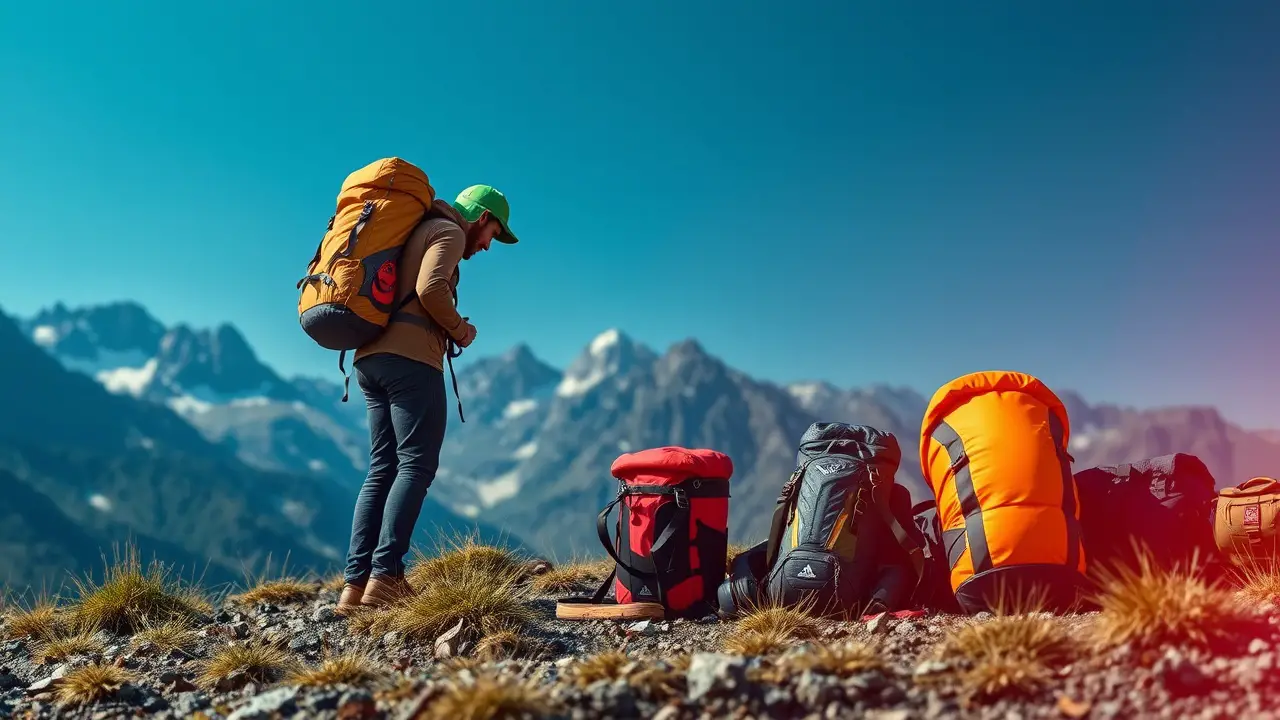

Leave a Reply